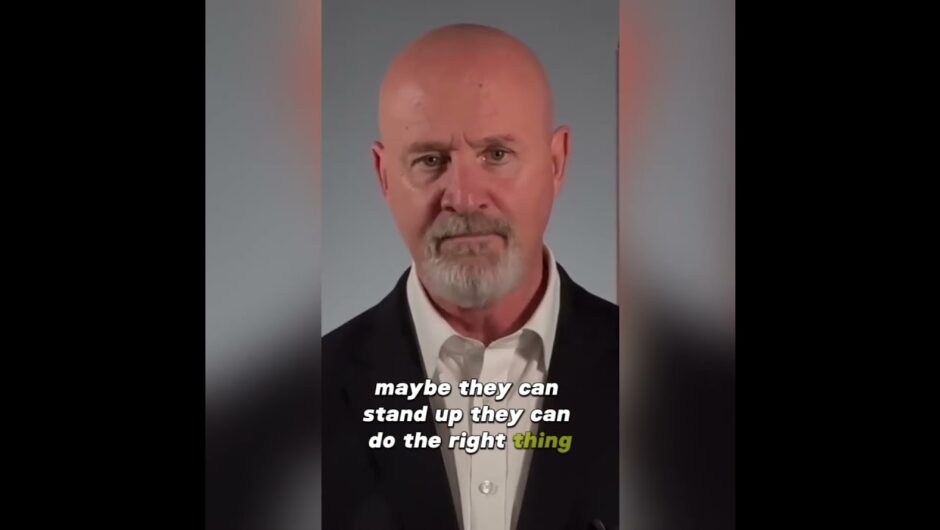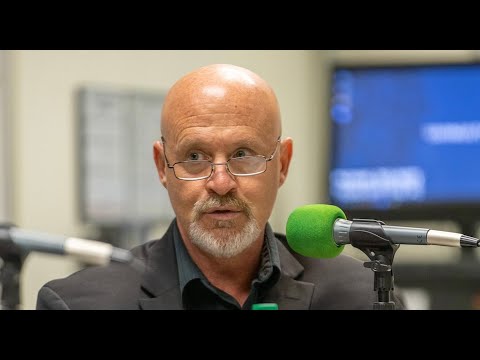But the bigger – and I mean far bigger – bucket of taxpayer money was in the rather understated second part of Treasurer Josh Frydenberg’s JobKeeper 2.0 package.This was up to $40bn of ‘cheap’ – and by the quotation marks I mean not cheap – loans to small and medium and now even quite big businesses.Now, the $40bn had already been on offer, pretty much all the way through 2020 and into 2021.But only $3bn had been taken up – so it’s as if the government is putting a ‘new’ $37bn on the table for SMEs.The loans are only open to those businesses that were getting JobKeeper through the March quarter. So it very directly is JobKeeper 2.0. It is also directly targeted at those businesses – and their workers – that are still hurting badly, despite the near universal opening up of the economy.The loans will now be available to businesses with a turnover of up to $250m – much higher than the previous $50m limit.The loans can be as much as $5m – previously only $1m.But the big – the really, hugely significant – change is the government will now guarantee 80 per cent of the loan as against only 50 per cent previously.No wonder the four big bank CEOs shouted as if in chorus: we’re behind the new loan scheme 100 per cent.Quoted in The Australian, NAB’s Ross McEwan said: “The package is a thoughtful extension to the scheme with significant increases in all key components including eligibility and loan size.”And ANZ’s Shayne Elliott: “It’s targeted where required, inclusive where it needs to be and has the full support of ANZ.”“Significant increase in key components”? “Targeted where it needs to be”? You bet – straight at bank bottom line profits.Now the bank is only up for 20 per cent of any loan losses and the taxpayer will cop the bill for 80 per cent – as against the 50-50 of the scheme previously.The losses are also likely to be lower and less when you are lending to a businesses with turnovers like $200m as opposed to $20m or, even more so, $2m.No, banks can’t take a mortgage over the borrower’s house – what they mostly do when making loans to especially the ‘S’ in SMEs – and a loan can’t be used to buy residential property.What might have got lost in the Treasury fine print – and why it should prove so, so alluring to the banks, they really will be doing everything they can to get the $37bn out there pretty damn quick – is that the maximum interest rate they can charge is 7.5 per cent.“Hang on, hang on, did I just write 7.5 per cent? I pinched myself, and yes, it’s in the Treasury fine print.That’s just a tiny bit higher than the 2 per cent at which the banks are happily shovelling money out to home buyers, although business loans, especially to struggling businesses, are riskier.That said, we are not living in 2013 when the RBA’s official interest rate was 3 per cent and a loan charging 7.5 per cent would have given a bank a healthy margin.No, we are living in 2021 when the RBA’s official rate is not only 0.1 per cent, but the RBA is lending tens of billions to the big banks at that 0.1 per cent – free money, which they can now lend out at up to 7.5 per cent. That’s up to $2.7bn a year of gross interest margin. And the banks are only at risk of losing $7.4bn max – if all $40bn of the loans went totally bad.Hmm. No wonder the big four CEOs are so enthusiastic about playing Father Christmas in April.That’s Father Christmas, for themselves.
Source link
Share Your Covid-19 Story
Over 0 Million people have contracted Covid-19 worldwide.
Tell us how Covid-19 has affected your life
Please share your story with us.
And get a great Free Gift – Click here for more details






